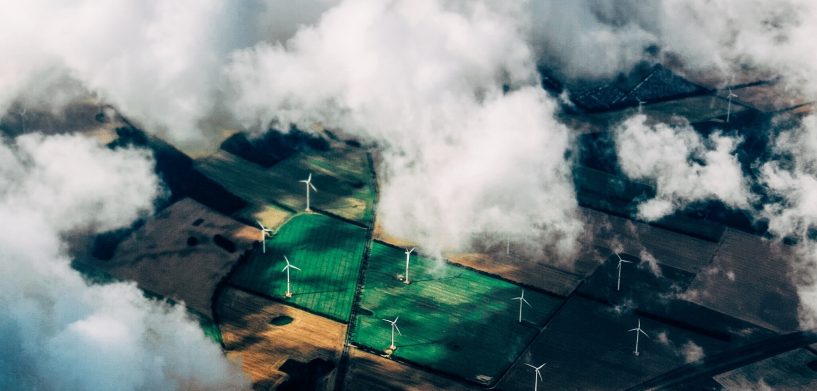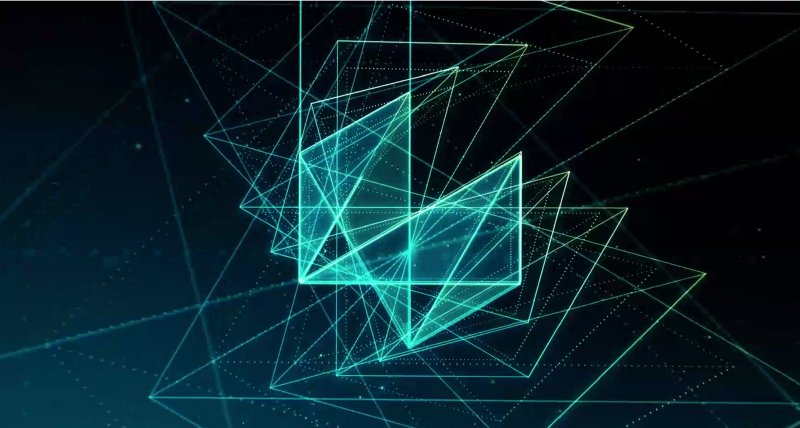Current trends clearly show a change in users’ requirements with regard to Earth observation and its impact on the decision-making process. The growing availability of images and data acquired constantly by satellites heightens our demand for complete visibility into the Earth’s surface to make smarter, faster decisions.
Counting on satellites that acquire images once a week means you can no longer download, save, and work on single datasets, and then spend time transforming them onto a map. The image itself is today a frame of a movie that we must observe in a dynamic way to accurately visualise the phenomena taking place on our planet.
This is the reason for the growing interest in geospatial analytics that help detect varied patterns and trends in data, thus supporting evidence-based decision-making.
An example of geospatial analytics – AKA geoanalytics – is the trends in soil consumption, that is, the conversion of land with healthy soil into artificial areas such as roads, buildings, and urban settlements. Monitoring the impact of land use and soil degradation is important to prevent permanent consequences like soil degradation, threats to natural functions, landscape fragmentation, and various social and economic costs.
Another example is the monitoring of the displacement of roads and bridges due to terrain instability and ground movement caused by hydrogeological problems or natural subsidence. As shown in satellite pictures, ground movement can be measured from space with millimetre vertical accuracy, thanks to state-of-the-art SAR interferometric techniques. The availability of one new SAR image every week, acquired by the Sentinel-1 constellation of the European Space Agency, allows us to continuously monitor the displacement of artificial targets on the Earth’s surface.
To be easily understood, the big data resulting from the processing of a long-time series of satellite data must be transformed into analytics and made accessible with web applications that simplify understanding and transform data into actionable knowledge. This is the reason we created Rheticus® Network Alert, the Hexagon Smart M.App that identifies up-to-date risks in your water and sewage network. With Network Alert, you can quickly determine the locations of concern and act on that information.
According to the latest Markets and Markets, the Geospatial Analytics market is projected to reach USD 86.32 Billion by 2023, at a CAGR of 16.3 percent in the next five years. Hexagon AB, a major player in this field, provides technologies that support the deployment of geospatial analytics software and solutions, projected to drive the growth of the services segment at the highest CAGR ever in the coming years.
The remote sensing segment in particular is projected to grow at the highest CAGR during the forecast period. We are ready to catch this wave of opportunity thanks to Rheticus, the automatic cloud platform designed to continuously process satellite data flows from space, and to provide information by means of graphic indicators, dynamic diagrams, and pre-set reports.
By integrating contents generated by the Rheticus platform with Hexagon Geospatial’s Smart M.App technology, we create vertical applications that provide timely solutions to address users’ needs in important industries and vertical markets.
 Massimo Zotti
Massimo Zotti
Head of the Government & Security Strategic Business Unit
Planetek Italia

















